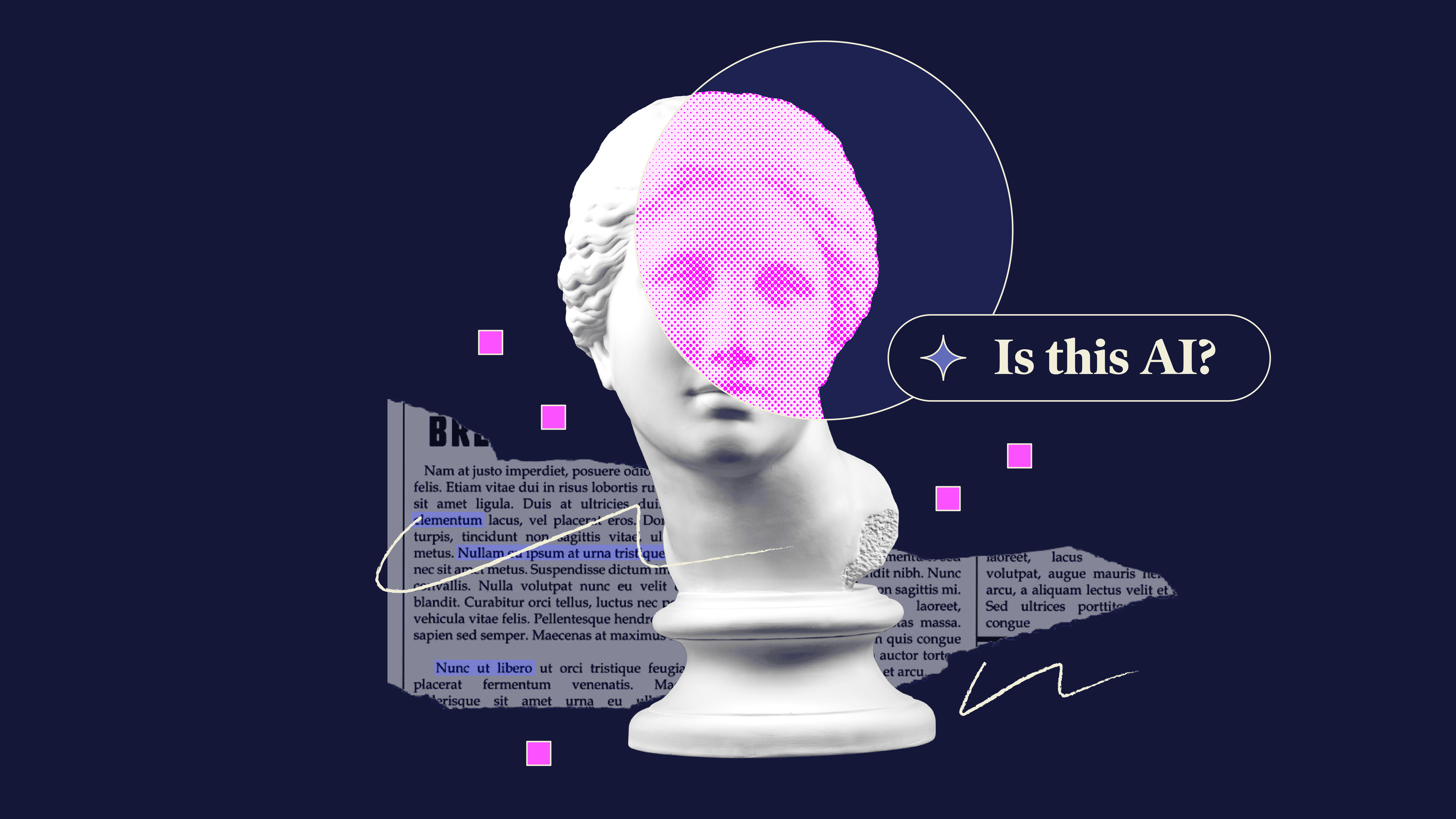
Image by Emily Zheng
When fashion retailer Mango ditched real models for AI-generated ones, people noticed. Perfect symmetry, eerily smooth skin, and not a single awkward pose? It was a case of uncanny valley. Customers felt misled and noted the loss of diversity, authenticity, and real modeling jobs. Instead of streamlining marketing, the move led to skepticism and backlash.
AI is here to stay, but how brands use it determines whether it builds trust or erodes it. Thoughtful implementation strengthens credibility, while missteps—like prioritizing ease over authenticity—can quickly unravel consumer confidence.
In marketing, it’s trust or bust
From deepfake scandals to AI-generated misinformation, brands that fail to control their AI message risk backlash. AI is often seen as a cost-saving tool, but any negative effect on customer trust can be more significant and costly. Consider these statistics:
- 46% of consumers are willing to spend more on brands they trust
- 81% of consumers say trust is a deciding factor in their brand-buying decisions
- 85% of consumers would not use a brand if it were advertised next to misinformation
We love using tools like Claude or ChatGPT to brainstorm, jumpstart content, or as an editing sidekick. It’s fast, self-sufficient, and cheap. However, while AI boosts efficiency, it often lacks nuance, and customers notice when something feels off. If AI-generated content strays too far from a brand’s voice or generates misinformation, trust takes a hit.
Related: 4 reasons why you still need human writers
A checklist to keep AI in check
AI should assist, not replace. It works best with human oversight to keep content authentic and emotionally intelligent. Before publishing AI-generated content, run through this checklist:
- Does the content match your brand voice and tone?
- Does it align with your brand values and mission?
- Have you verified all facts, numbers, and claims?
- Is data sourced from credible references?
- Has a real-life marketer reviewed, edited, and approved the content?
- Does the content feel natural, or does it sound overly robotic?
- Have you incorporated customer feedback or past insights to refine it?
- Does it encourage meaningful engagement?
Final check: If your customers knew AI was used, would they still find the message valuable?
If the answer is no, contact us. We’ve got real humans ready to help.

